
Azure Quantum Elements
Purpose-built to accelerate scientific discovery
Azure Quantum Elements is purpose-built to accelerate scientific discovery. Boost your research and development productivity with simulation workflows optimized for scaling on Azure High-Performance Computing (HPC) clusters, AI-accelerated computing, augmented reasoning using AI, integration with quantum tools to start experimenting with existing quantum hardware, and access in the future to Microsoft’s quantum supercomputer.
Scale
Scale molecular simulations with state-of-the-art capabilities enabled by high-performance computing and workflow automation on a cloud purpose-built for chemical and materials simulation.
Speed
Expand research horizons and accelerate calculations by predicting molecular and material properties using custom AI models and cloud-integrated workflows.
Accuracy
Solve some of the most challenging chemical and materials science problems with flexible tools that lay the groundwork for harnessing the power of future quantum supercomputers.
Azure Quantum Elements
Key Features
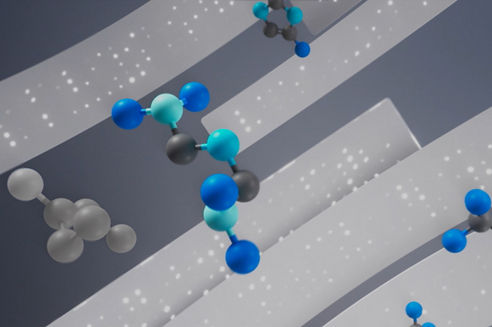
Announcing Generative Chemistry
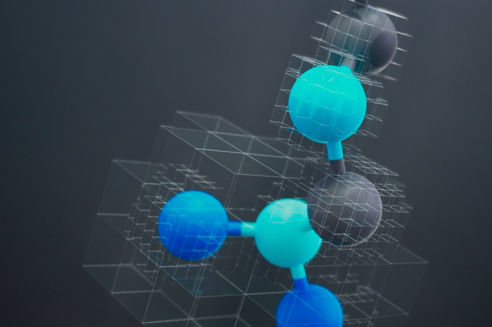
Announcing Accelerated DFT

Open Ecosystem
Make use of familiar software solutions optimized for Azure Quantum Elements.
Customer Stories
Additional Customers
Learn how customers are using Azure Quantum Elements.
Unilever is reinventing
the fundamentals of R&D
Unilever is harnessing the power of Microsoft supercomputing and AI services to support their R&D transformation and product innovation.
Using AI to find a better battery
Microsoft and Pacific Northwest National Laboratory joined forces to identify a new material that holds the potential for better batteries.
Additional Customers
Learn how customers are using Azure Quantum Elements.
Unilever is reinventing
the fundamentals of R&D
Unilever is harnessing the power of Microsoft supercomputing and AI services to support their R&D transformation and product innovation.
Using AI to find a better battery
Microsoft and Pacific Northwest National Laboratory joined forces to identify a new material that holds the potential for better batteries.
Additional Customers
Learn how customers are using Azure Quantum Elements.
Unilever is reinventing
the fundamentals of R&D
Unilever is harnessing the power of Microsoft supercomputing and AI services to support their R&D transformation and product innovation.
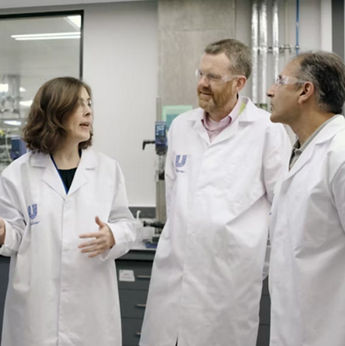

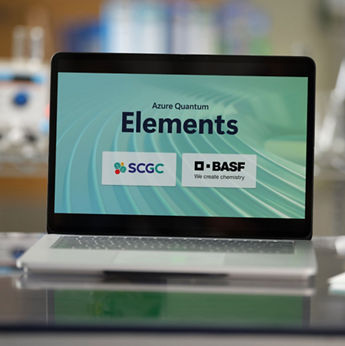
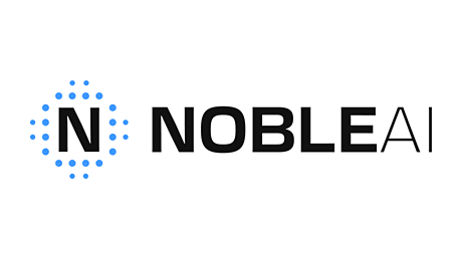
Microsoft and NobleAI joint collaboration with ICL for discovery of safe, high-performance flame retardant compounds.
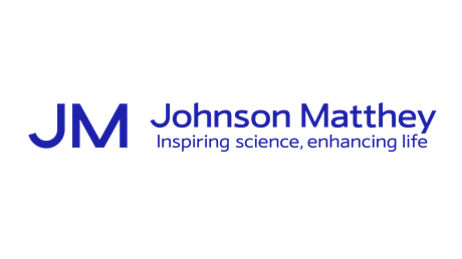
Microsoft and Johnson Matthey join forces to speed up hydrogen fuel cell innovation with Microsoft Quantum.
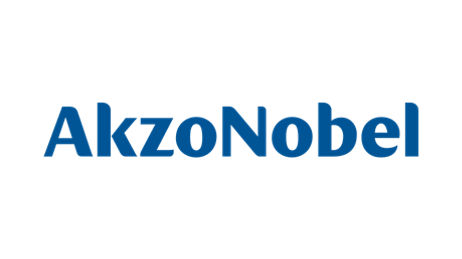
Microsoft and AkzoNobel to explore using quantum computing and Azure to develop sustainable paints.
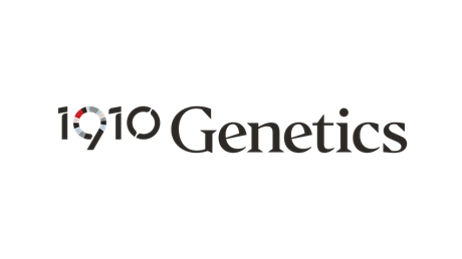
Microsoft and 1910 Genetics partner to turbocharge R&D productivity for the pharmaceutical industry.
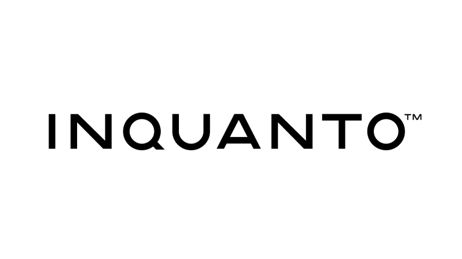
Microsoft and InQuanto partner to accelerate quantum computational chemistry.
Sign up for
private preview
Accelerate scientific discovery with Azure Quantum Elements




